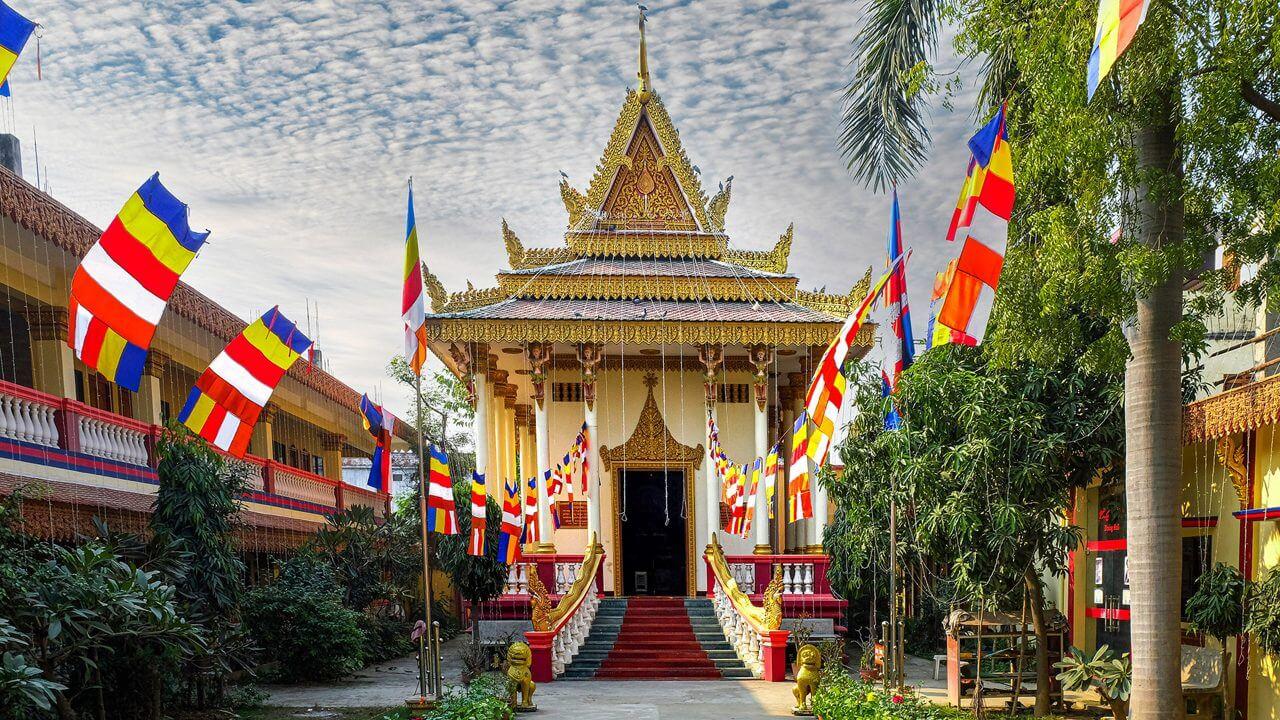One perfect‑day itinerary in Varanasi fits a surprising amount into 12‑14 hours: a dawn boat ride that greets sunrise over the Ganges, priority darshan at the golden‑spired Kashi Vishwanath Temple, a mid‑day street‑food crawl, an optional jump out to Sarnath’s Dhamek Stupa, and a spell‑binding 45‑minute Ganga Aarti as lamps blaze against the night sky.
Ganga Snan
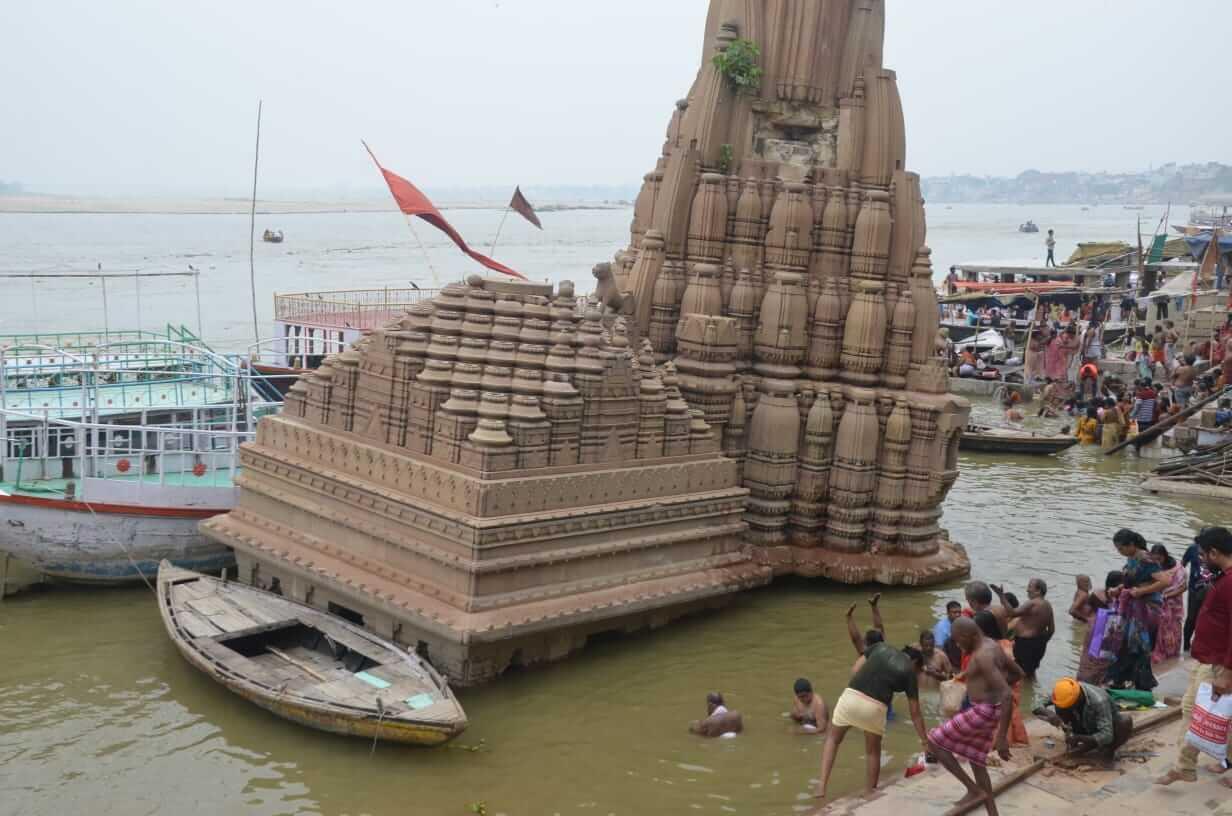
Ganga Snan, or the ritual bath in the holy river Ganga, holds immense historical and spiritual significance in Hinduism. According to ancient scriptures and mythology, the Ganges descended from the heavens to Earth through the locks of Lord Shiva to purify the souls of ancestors. It is believed that taking a dip in the sacred river washes away sins and grants spiritual liberation (moksha). Over centuries, Ganga Snan has become a core part of many religious festivals and pilgrimages, especially in cities like Varanasi, Haridwar, and Prayagraj. Even today, millions of devotees perform this sacred act with deep faith, seeking purification, blessings, and a connection to divine energy.
Vishawnath Mandir
Kashi Vishwanath Mandir, located in the spiritual heart of Varanasi, is one of the twelve Jyotirlingas and a prominent temple dedicated to Lord Shiva. Its history dates back several centuries, having been destroyed and rebuilt multiple times by various rulers. The current structure was commissioned by Maharani Ahilyabai Holkar in 1780. The temple holds immense religious importance, as it is believed that a visit to Kashi Vishwanath and a darshan (holy sight) of the Jyotirlinga grants liberation (moksha) and spiritual awakening. Devotees from across the world come here with deep faith to offer prayers and seek blessings from the Lord of the Universe—Vishwanath.
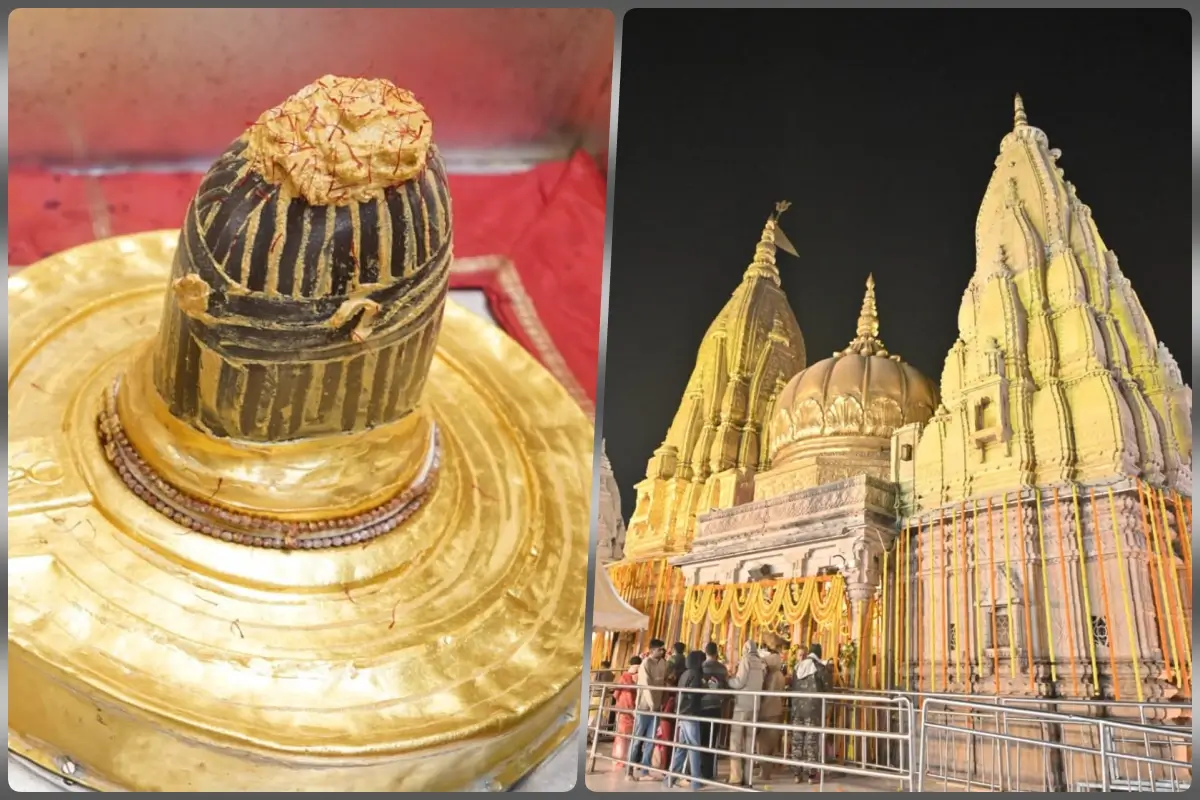
Kaal Bhairav Mandir
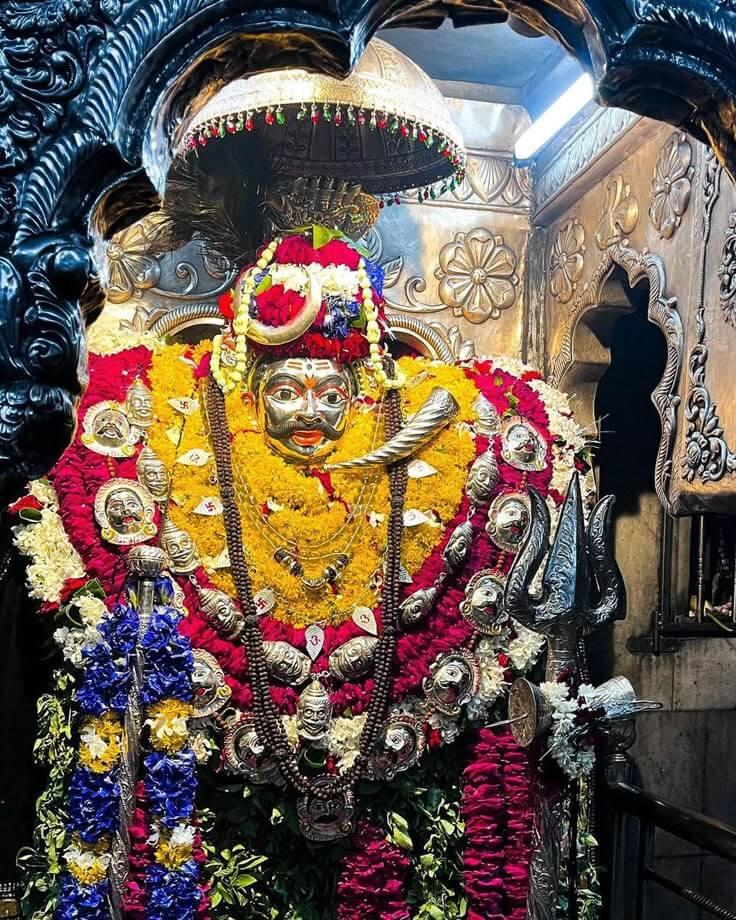
Kaal Bhairav Mandir is one of the most ancient and revered temples in Varanasi, dedicated to Kaal Bhairav, a fierce form of Lord Shiva. As per Hindu mythology, Kaal Bhairav was created by Lord Shiva to destroy Brahma’s ego and uphold cosmic law. He is considered the Kotwal (guardian) of Kashi, and it is believed that no one can reside in or leave the city without his permission. The temple holds great spiritual significance, especially among devotees who seek protection, justice, and relief from fear. Offering mustard oil, black cloth, and alcohol are common rituals here, symbolizing surrender to divine authority and the destruction of negativity.
Sankat Mochan Mandir
Sankat Mochan Mandir in Varanasi is one of the most revered temples dedicated to Lord Hanuman, the remover of obstacles and granter of strength and protection.
The temple was established in the early 16th century by the great saint and poet Goswami Tulsidas, the author of the epic Ramcharitmanas. The name "Sankat Mochan" means "reliever of troubles," and devotees believe that sincere prayers offered here help overcome fears, diseases, and difficulties.
The temple holds immense spiritual and cultural value, attracting thousands of devotees daily.
It is especially crowded on Tuesdays and Saturdays, days considered sacred for Lord Hanuman.
Offerings of sweets like "ladoos" and recitation of the Hanuman Chalisa are common rituals performed by worshippers seeking strength, protection, and peace.
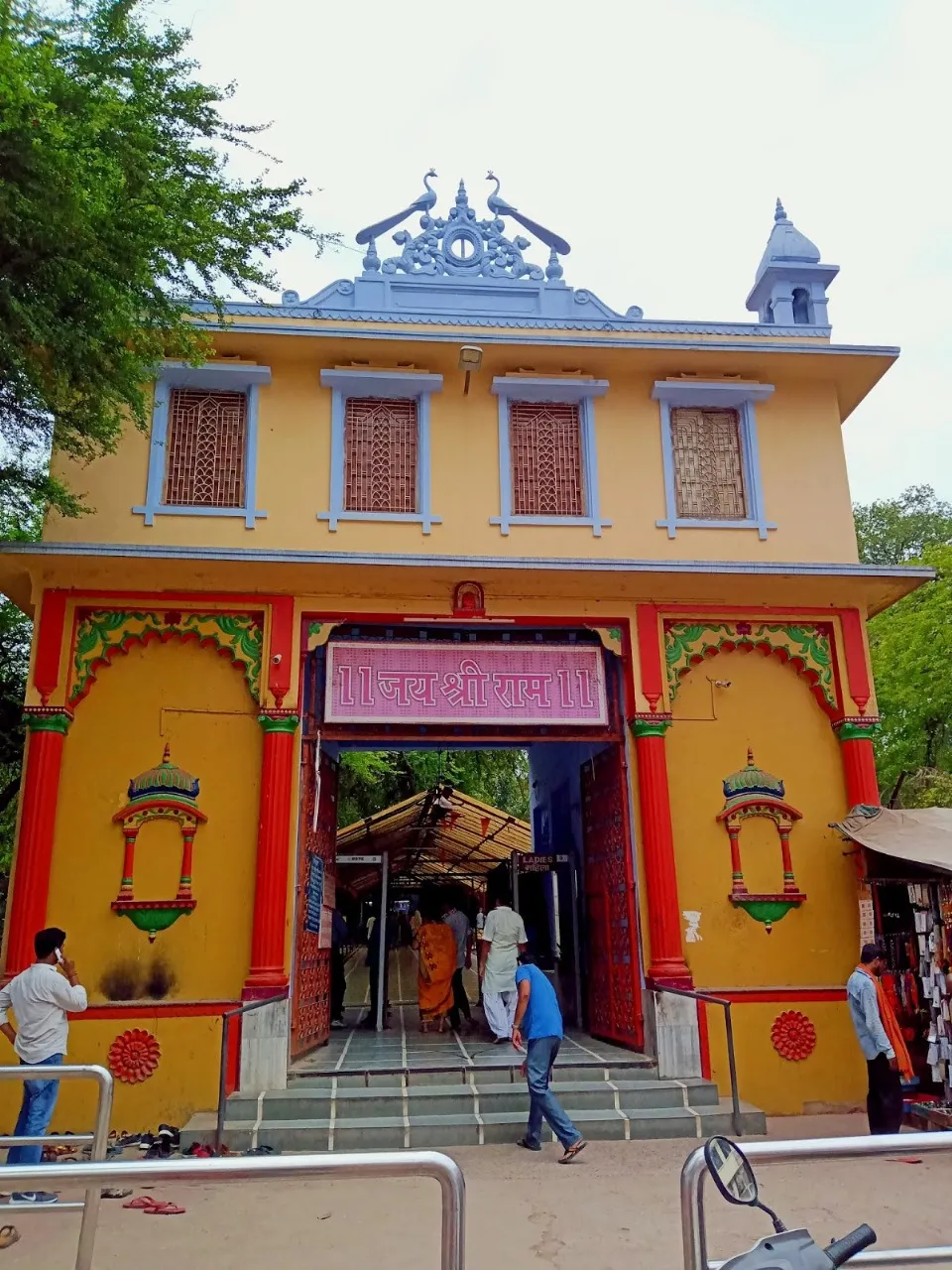
Durga Kund Mandir
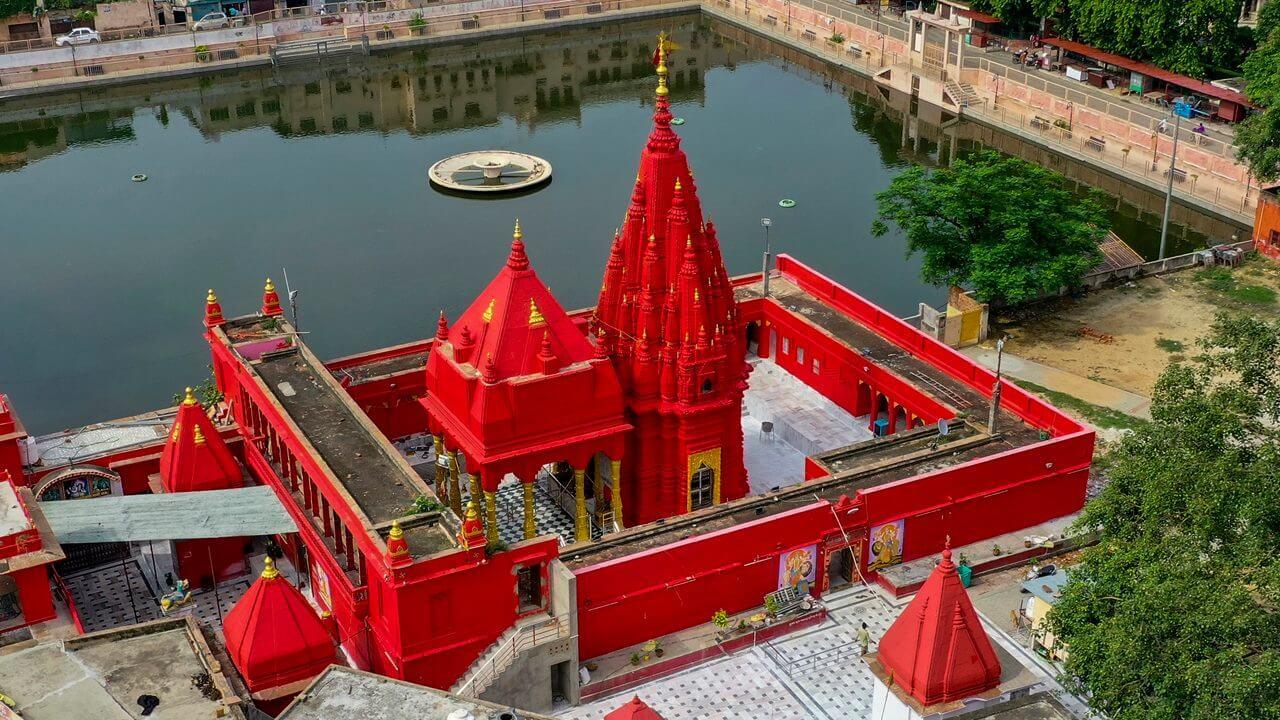
Durga Kund Mandir, located in Varanasi, is an ancient and powerful temple dedicated to Goddess Durga, the embodiment of Shakti (divine feminine energy).
According to legend, the idol of Goddess Durga in the temple is swayambhu (self-manifested), not crafted by human hands, and holds immense divine power.
The temple is believed to have been built in the 18th century by a Bengali queen, and its red-colored structure symbolizes strength and protection.
Adjacent to the temple is a sacred pond known as "Durga Kund," which was once connected to the Ganges and used for religious rituals.
The temple is especially significant during the festival of Navratri, when thousands of devotees come to seek the blessings of the Goddess for strength, protection, and victory over evil.
Durga Kund Mandir stands as a symbol of feminine power and unwavering faith in divine justice.
Sarnath
Sarnath, located just 10 km from Varanasi, is one of the most sacred Buddhist pilgrimage sites in the world.
It is historically significant as the place where Lord Buddha gave his first sermon after attaining enlightenment — known as the Dhammachakkappavattana Sutta (Setting in Motion the Wheel of Dharma) — around 528 BCE.
This marked the beginning of the Buddhist Sangha (monastic community).
Sarnath flourished as a major center of learning and art under the Maurya and Gupta empires, especially during Emperor Ashoka’s reign, who erected the famous Ashokan Pillar here.
The site includes important monuments like the Dhamek Stupa, Chaukhandi Stupa, Mulagandha Kuti Vihar, and a museum housing the Lion Capital of Ashoka — now India’s national emblem.
Spiritually, Sarnath symbolizes peace, enlightenment, and the spread of Dharma (righteous path). It attracts pilgrims and visitors from across the globe, offering a serene environment for reflection and meditation.
